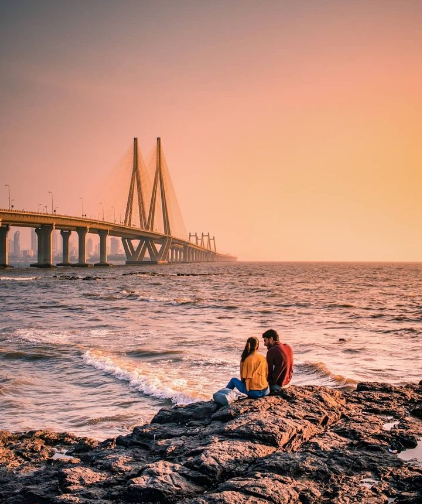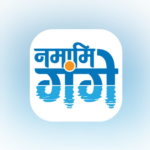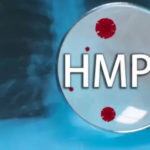The site will be purchased in two phases by Goisu Realty Private Limited at worli, a division of Sumitomo Realty & Development Company Limited.
On Wednesday, Bombay Dyeing said that the plan to sell a 22-acre land piece in Worli, Mumbai, to a unit of the Japanese conglomerate Sumitomo for Rs 5,200 crore had been authorized by the board of directors.
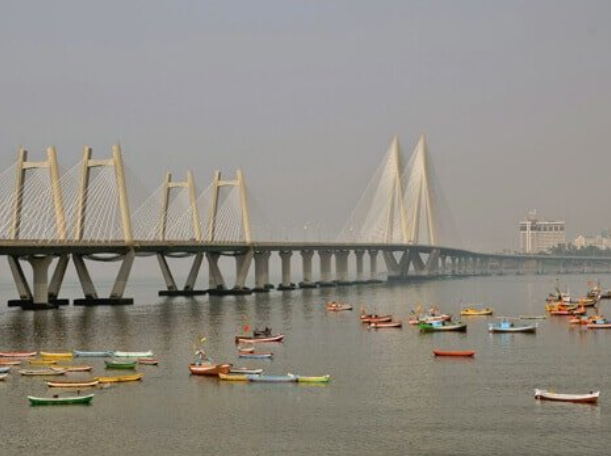
According to a stock exchange filing by Wadia-owned Bombay Dyeing, “The Board of Directors of The Bombay Dyeing and Manufacturing Company Limited (BDMC) approved the proposal to sell the land parcel of approximately 22 acres (along with the associated FSI) in Worli, Mumbai to Goisu Realty Private Limited (a subsidiary of Sumitomo Realty & Development Company Limited; “Buyer”) in 2 phases, for a total consideration of approximately Rs 5,200 crore.
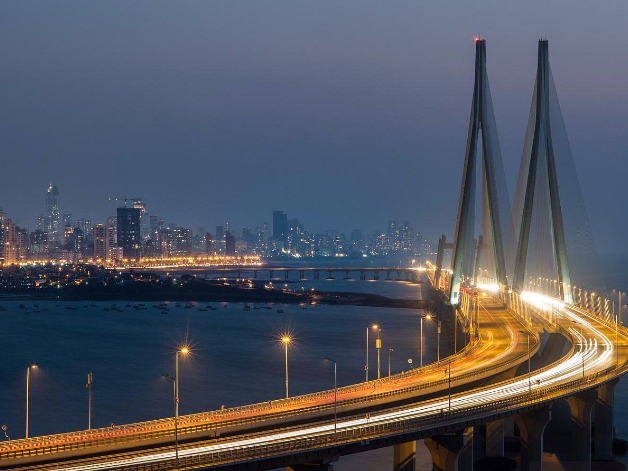
BDMC would get around Rs 4,675 crore from the purchase for Phase-I, subject to shareholder approval. Upon fulfillment of a few requirements by BDMC and execution and implementation of the definitive agreements thereon for Phase-II, the remaining payment of about Rs 525 Cr will be paid out.
“I am pleased to inform that BDMC is entering into agreements with Sumitomo group for sale of approximately 22 acres of land (along with the associated FSI) in Worli, Mumbai for a total consideration of about Rs. 5,200 crore,” said Nusli Wadia, the chairman.
ALSO READ: Potential UAW Strikes Are Seen Positively By Wall Street As Manageable Risks
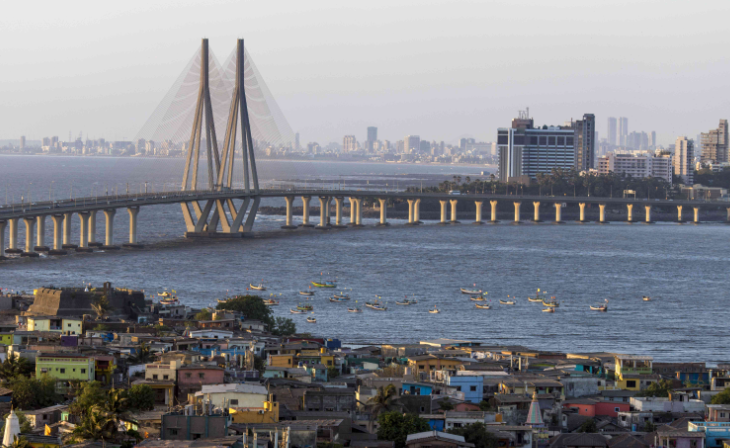
Following the proposed transaction’s conclusion, the firm will be in a position to:
- On account of this transaction, record a pre-tax profit of more than Rs 4,300 crore.
- State that your net worth is quite positive.
- Pay off all of its debts to avoid paying interest and to free up encumbered assets from the lien.
- Pay future dividends.
- Have a healthy Treasury balance to support upcoming real estate ventures.
In March 2022, the BDMC Board of Directors developed a strategy to alter the course of the business. This strategy included the following: - Concentrating on the real estate sector for future expansion and profitability.
- Quickening the selling of apartments in Island City Center (ICC) in Dadar.
- Making money off its land bank.
- Deleveraging the Company by paying off its debt and raising its credit score.
- Developing the Company’s undeveloped property holdings.
- Looking for potential joint development projects.
The Board has also given its preliminary approval to the development of the unutilized land parcels owned by the firm, which might result in the creation of around 3.5 million square feet of residential and commercial space and an estimated Rs 15,000 crore in income over the next years. To effectively manage the company’s cashflows, the development will be planned wisely in phases. In order to maintain a constant flow of future sales and earnings, the company will also consider alternative joint venture and partnership options, according to Bombay Dyeing.
HISTORY OF THE ATTRACTION WORLI
Mahim Causeway initially served as the only link between Mumbai’s western suburbs and its core business district. During peak hours, this route remained quite crowded, which caused a lot of confusion. The western motorway project was recommended as a means to reduce this congestion. The earliest idea for the project, which would be a replacement for the Mahim causeway, was the Bandra Worli Sea Link, a bridge across Mahim Bay. Bal Thackeray originally laid the cornerstone for this sea connection in the year 1999.
Design of worli
The BWSL was intended to be the first cable-stayed bridge ever built on open water in India. The pylons’ intricate shape is a result of the underlying geology, and the main span across the Bandra canal is one of the longest concrete deck attempts. It was quite difficult for the project to balance the aesthetics of the bridge with these engineering complications.
The viaducts’ superstructure was made of the heaviest precast segments ever constructed in India. They were constructed utilizing an overhead gantry over a succession of vertical and horizontal bends using a span-by-span technique.
Stay cables hold the 20,000-ton Bandra-end span of the bridge deck within a very narrow tolerance of plan and elevation errors.
ALSO READ: Macy’s-Owned Bloomingdale’s Taps International Exec Olivier Bron As Its Next CEO
image source: google







